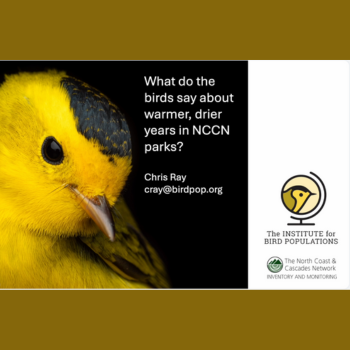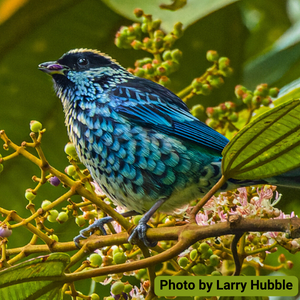Pinyon-juniper woodlands cover over 22.5 million hectares of the western United States, and harbor a surprising amount of endemic and near-endemic birds, yet this unique habitat has been generally neglected by ornithologists. The potential listing of the Pinyon Jay under the Endangered Species Act has generated a renewed interest in pinyon-juniper birds even as their habitat faces new threats in the form of drought, tree die-offs, and wildfire. In this talk we will summarize the threats facing pinyon-juniper birds and their habitat before discussing current and future IBP research with this bird community. We first explore how pinyon-juniper bird populations are responding to 'hot drought' (drought paired with high temperatures) and changing rainfall patterns of the American monsoon before exploring microhabitat associations of pinyon-juniper birds and how these may affect their vulnerability to tree die-offs and mechanical thinning, a common management prescription in this habitat. The talk will conclude with a look ahead to IBP projects in 2025 and 2026 examining responses of pinyon-juniper birds to mechanical woodland removal in Utah and a Pinyon Jay inventory across Colorado Plateau national parks.
High temperatures in a dwarf woodland: effects of climate change on pinyon-juniper bird communities on the Colorado Plateau
Dr. Harry Jones – February 19, 2025
Date posted:
Feb 21, 2025
The Institute for Bird Populations
P.O. Box 518
Petaluma, CA 94953
(707) 789-3224
birdpop.org
The Institute for Bird Populations
P.O. Box 518
Petaluma, CA 94953
(707) 789-3224
birdpop.org





